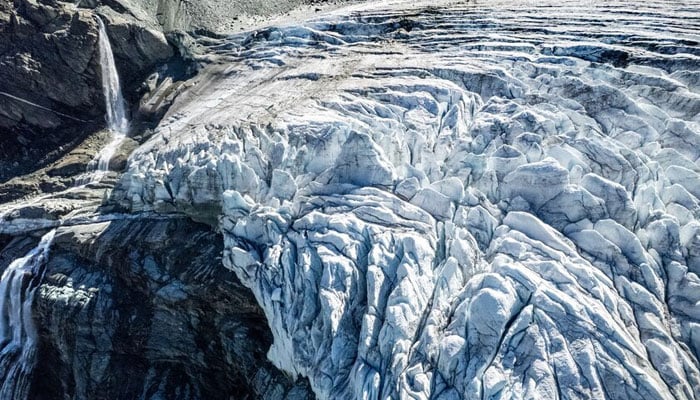Swiss Glaciers Face Major Melting After Light Snowfall and Heatwaves, Say Scientists
Switzerland’s glaciers are disappearing at an alarming rate, with experts reporting one of the sharpest declines in recent years. According to the Glacier Monitoring in Switzerland (GLAMOS), the country’s glaciers lost 3% of their total ice volume in the past year alone — the fourth-largest reduction ever recorded.
Why the Glaciers Are Melting So Fast
Researchers point to a snow-poor winter in the northeastern Swiss Alps followed by intense summer heatwaves in June as the main drivers of the melt. This combination left the glaciers more exposed to sunlight and accelerated their retreat.
Matthias Huss, Director of GLAMOS, explained:
“This is really a lot. Even though not as extreme as 2022 or 2023, the trend is clear — glaciers are vanishing at record speed.”
Between 2016 and 2022, around 100 Swiss glaciers completely disappeared, and scientists warn that most could vanish by the end of the century if global warming continues unchecked.
A Decade of Record Ice Loss
-
Since 2015, Switzerland has lost a quarter of its glacier volume — the worst decade on record.
-
The Rhone Glacier, once Europe’s largest during the Ice Age, shrank by an average of 1.5 meters in thickness this year alone.
-
Glaciers below 3,000 meters suffered the most, with the Silvretta Glacier experiencing record melt after the region saw its lowest snowfall in 100 years.
Can the Glaciers Be Saved?
While scientists say it’s already too late to stop much of the retreat, action can still make a difference. If global carbon emissions reach net-zero within the next 30 years, researchers estimate that up to 200 high-altitude glaciers in Switzerland could be preserved.
Without such action, the melting will continue to destabilize mountains, increasing the risk of rockfalls, avalanches, and glacial collapses. A tragic reminder came earlier this year, when a glacier collapse destroyed the village of Blatten in Valais.
The Bigger Picture
Switzerland’s shrinking glaciers are not only a climate crisis warning but also a threat to ecosystems, tourism, and mountain communities. The GLAMOS report serves as a stark reminder of the urgent need for climate action worldwide.

